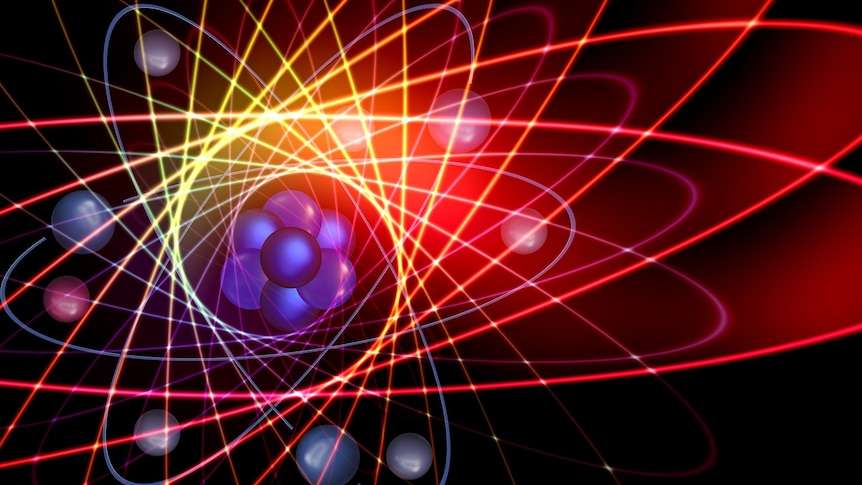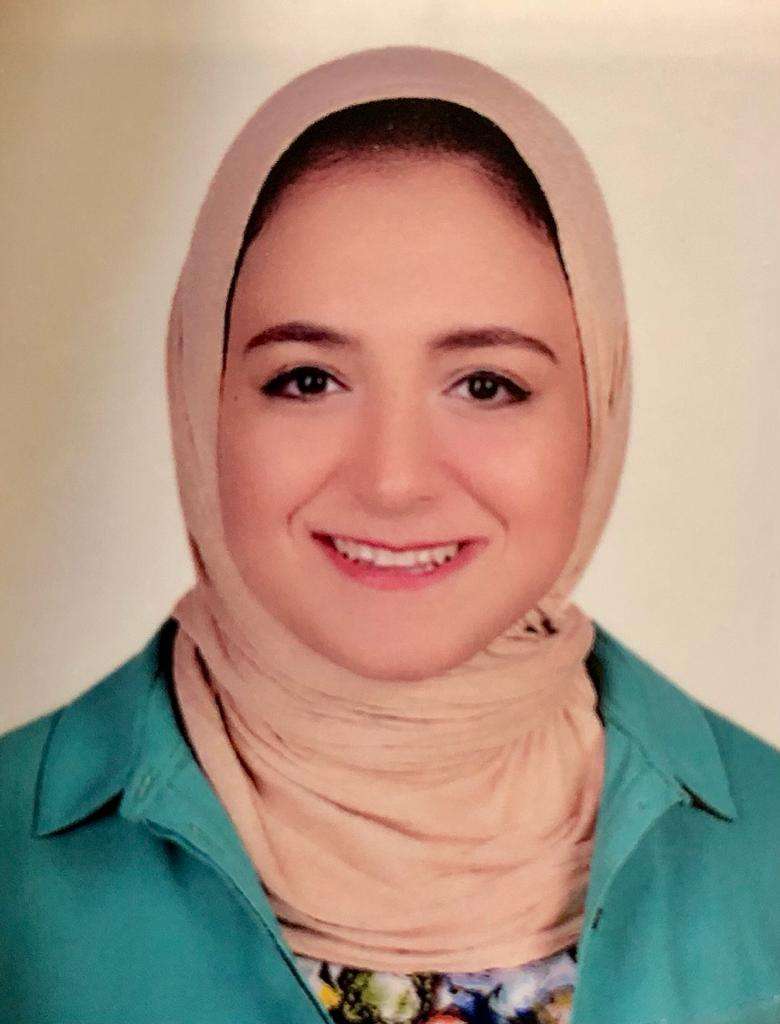Multiparticle production processes continue to attract attention because no generator can describe data at different energies. Quantum chromodynamics calculates these processes in the language of quarks and gluons. The transition to observable hadrons is extremely difficult, since PT QCD is not applicable to that region. The work presents the gluon dominance model (GDM), in which the hadronization stage is described phenomenological. Based on data of pp interactions in the region of high multiplicity (the "Thermalization" project), within the framework of GDM, the active role of the gluon component in the formation of secondary particles is confirmed. The ratio of two contributions, emission of a gluon by a quark to its fission is estimated. A number of collective phenomena are observed in this region: the formation of a pion (Bose-Einstein) condensate, signals that we interpret as Cherenkov radiation of gluons, the disappearance of leading particles. The study of gluon structure of the proton and search for collective phenomena in pp collisions can be performed at the SPD facility of the future NICA collider (JINR, Dubna).
Tasks
• Calculations of multiplicity distribution for neutral and charged particles in proton-proton collisions at high energy in framework of Gluon Dominance Model.
• Calculations of multiplicity distribution for neutral and charged particles in proton-antiproton annihilation at high energy in framework of Gluon Dominance Model.
• The estimation the contribution of the exchanged charge in pp interaction.
• Calculation of the second correlative moments f2 = <n(n-1)> <n>2, the factorial and the factorial cumulative moments by using MD and/or the generation function G(z) for pp and pp ̅ interactions
Preliminary schedule by topics/tasks
-
Required skills
Good knowledge of C++ programming language and the ROOT software (http://root.cern.ch) is greeted.
Acquired skills and experience
Theory of probability and mathematical statistics
Recommended literature
1. Ernest M Henley, and Alejandro Garcia. Subatomic Physics. — University of Washington, USA. World Scientific, 2010.
2. Dokshitzer Yu. L. QCD phenomenology. Lectures at the CERN-Dubna school. Pylos, August 2002. // — 2003. — arXiv:0306287 [hep-ph].
3. Dremin I.M. Multiparticle production and quantum chromodynamics. (2002) [hep-ph/0203024];
4. Politzer H.P. Phys.Rep. 14(1974)129.
5. Particle Data Group, Barnett R.M. et al. Phys.Rev.D54(1996)1.
6. Kokoulina Е.С. Analysis of multiparticle dynamics in e+e−-annihilation into hadrons by two-stage model // Proceedings, XXXII International Symposium on Multiparticle Dynamics, Alushta, Ukraine, September, 2002. — 2003 — World Scientific. — P. 340–343.
7. Rushbrooke J.G. and Webber B.R. High energy antiparticle-particle reac- tion differences and annihilations // Phys. Rep. — 1978. — V.44, no. 1. — P. 1–92.
8. Konishi K., Ukawa A., Veneciano G. Nucl.Phys. B157(1979)45.
9. Giovannini A. Nucl.Phys. B161(1979)429.





